Goals & Targets
Toyota’s long-term aspirations are outlined in the Toyota Environmental Challenge 2050. Mid-term milestones have also been established as well as short-term (five-year) targets.
The Toyota Environmental Challenge 2050 (Challenge 2050) is a set of six visionary, global challenges that seek to eliminate negative environmental impacts and create positive value for the planet and society. Toyota Motor Corporation (TMC, TMNA’s parent company headquartered in Japan) announced these six challenges in 2015 after extensive research and internal and external consultation.
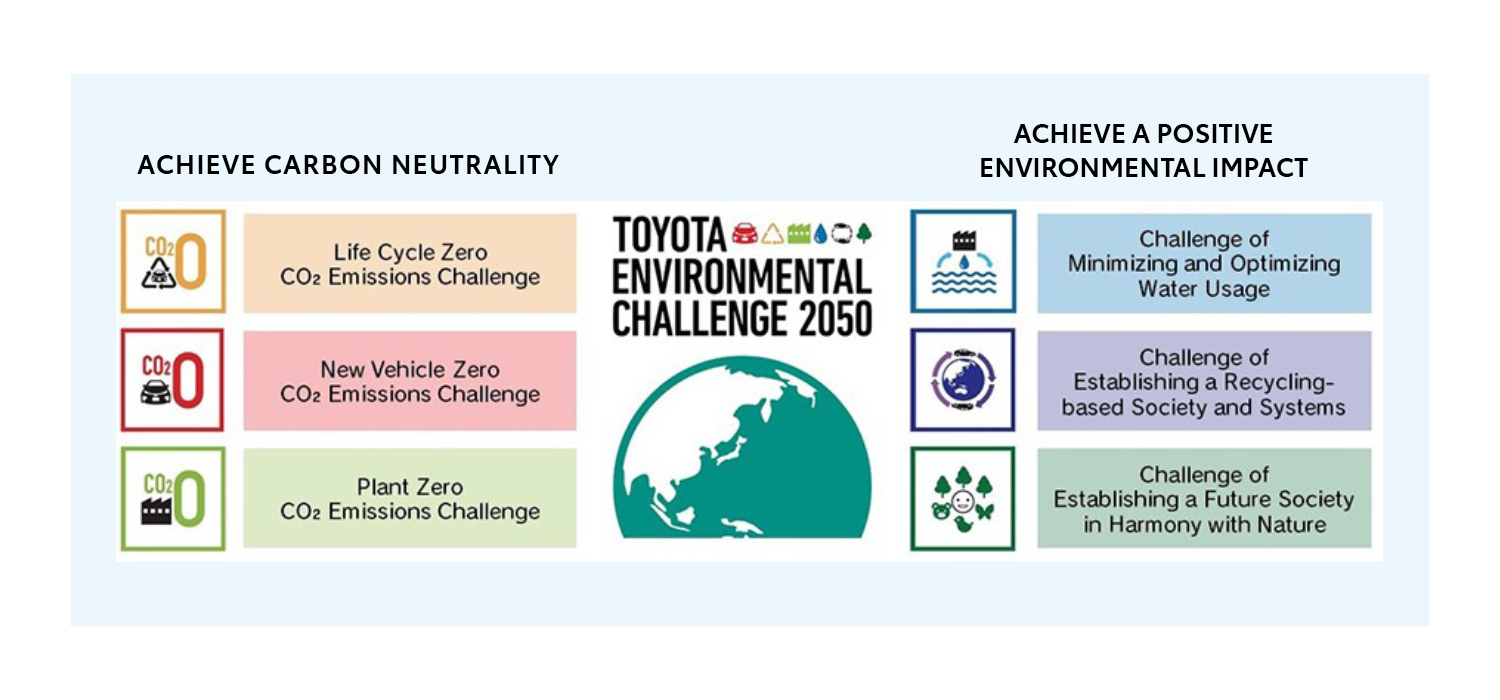
Toyota’s global goal of becoming carbon neutral across the vehicle life cycle by 2050 is illustrated on the left side of the graphic, under “Achieve Carbon Neutrality.” This is a big part of our efforts, but it is not our only focus. We are also working to find new ways to make a positive impact on our planet and society – this is illustrated on the right side of the graphic under "Achieve a Positive Environmental Impact." We seek to reduce environmental impact where possible through our focus on conserving water, increasing circularity and protecting biodiversity, all to help build a more sustainable future.1
Through Challenge 2050, team members across the company, in every region of the world, are working to put Toyota’s global vision of Respect for the Planet into action. Challenge 2050 unites us all with a common purpose – working to be more than just good stewards of the environment and to create positive changes beyond our facility boundaries.
Within North America, we continue to refine a regional environmental sustainability strategy to align Toyota’s global values and Challenge 2050 with our regional focus areas – Carbon, Water, Circularity and Biodiversity. In each focus area, we are working towards limiting environmental impacts and, through outreach activities, to find new ways to make a positive impact on society and the planet.
[1] The long-term aspirations, mid-term milestones, and short-term targets and statements set forth on these webpages are forward-looking and relate to the manner in which Toyota intends to conduct certain of its activities based on management’s current plans and expectations. They are not promises or guarantees of future conduct or policy, and are subject to a variety of uncertainties and other factors which may make them unattainable, many of which are beyond our control, including government regulation, supplier and third-party actions, and market forces.
TMC has established several global mid-term milestones, including those below, to help the company achieve the Toyota Environmental Challenge 2050.
| Toyota Environmental Challenge 2050 | Global Milestone | Toyota North America Contributions and Milestones |
|---|---|---|
 |
Reduce global average GHG emissions from new vehicles by 33.3% by 2030 and by more than 50% by 2035, compared to 2019 levels.[2] | GHG emissions per mile from TMNA’s new vehicle fleet have decreased 21% since 2019. GHG emissions per mile from TCI’s new car fleet have also decreased 21% since 2019.
Toyota North America Milestones: In the U.S., Toyota has targeted 70% electrified new vehicle sales (excluding performance vehicles) by 2030. |
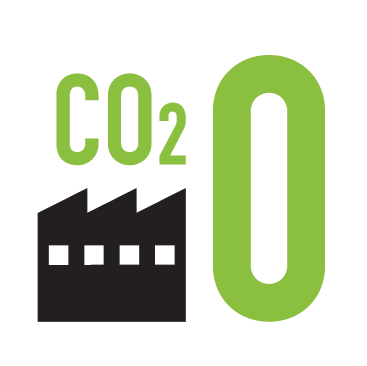 |
Achieve carbon neutrality for CO2 emissions at global manufacturing plants by 2035.
Reduce absolute Scope 1 and Scope 2 GHG emissions by 68% by 2035, compared to 2019 levels.[3] |
Toyota North America defines carbon neutrality4 to apply to all of our facilities, not just manufacturing plants. Total Scope 1 and 2 CO2 emissions are 14% lower at the end of FY2024 than they were in FY2019. We continue to invest in renewable energy for our operations and are on track to becoming carbon neutral at our facilities by 2035.
Toyota North America Milestone: In North America, Toyota has targeted 45% or more of total electricity purchases to come from renewable sources by FY2026. |
 |
Reduce GHG emissions throughout the vehicle life cycle by 30% by 2030, compared to 2019 levels. | The vehicle life cycle includes Scopes 1, 2 and 3 emissions. See the two rows above for contributions and milestones related to Scopes 1 and 2 plus Scope 3 emissions from driving Toyota and Lexus vehicles.
The remainder of Scope 3 emissions relate to suppliers, logistics and dealerships.
|
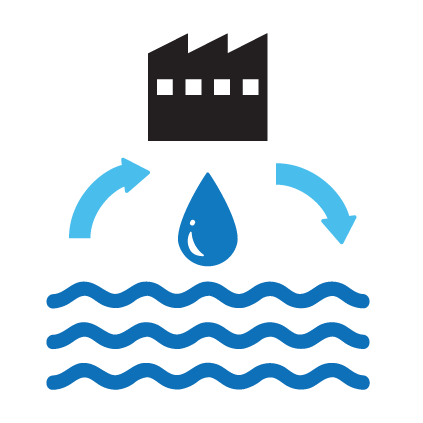 |
Complete water quality impact assessments by 2030 at each of the 22 plants in North America, Asia and Europe where water is discharged directly into a river. | We are currently piloting our water stewardship approach at one of our two assembly plants covered by the global milestone – in Baja California, Mexico – and plan to roll out this approach to additional sites in the future. Our water stewardship approach follows the principles set forth by the Alliance for Water Stewardship (AWS) International Water Stewardship Standard and addresses both water quality and water quantity. |
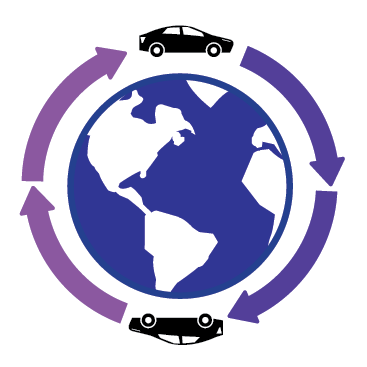 |
Complete the establishment of battery collection and recycling systems globally by 2030. |
We are working with partners to create a sustainable, closed-loop battery ecosystem to support our new battery manufacturing plant in North Carolina. |
 |
Contribute to biodiversity conservation activities in collaboration with NGOs and other partners. | We are supporting the development of at least 26,000 acres of pollinator habitat in North America by FY2026. As of the end of FY2024, through collaboration with two NGO partners, 14,432.4 acres of pollinator habitat have been enhanced. |
[2] TMC’s science-based targets were validated and approved by SBTi in September 2022. This target applies to passenger light duty vehicles and light commercial vehicles. Emissions are measured in grams CO2e/km, well to wheel (includes GHG emissions from the production of fuel and electricity as well as GHG emissions during vehicle operation).
[3] TMC’s science-based targets were validated and approved by SBTi in September 2022. This target includes absolute Scope 1 and Scope 2 GHG emissions from all facilities (both manufacturing and non-manufacturing).
[4] Carbon neutrality for our facilities means we aim to reduce our Scope 1 and 2 emissions to the greatest extent possible, then rely on offsets, if necessary, to get us to zero GHG emissions.
North American environmental sustainability planning, strategies and actions are driven by Environmental Action Plans, which are five-year roadmaps that help achieve incremental progress towards the global milestones and the Toyota Environmental Challenge 2050.
| Focus Area | 7th EAP Targets FY2022 – FY2026 |
FY2024 Progress | |
|---|---|---|---|
 |
Offer electrification across the Toyota and Lexus line-ups by around 2025 | 77% of models had an electrified option (as of the end of calendar year 2023). | |
| Achieve 40% electrified new Toyota vehicle sales in the U.S. (by unit) by 2025 (excluding performance vehicles) | 29.2% of sales by unit in the U.S. were electrified in calendar year 2023. | ||
| Increase purchased renewable electricity to 45% or more of total electricity purchased by FY2026 | Currently at 7.2%. This percentage is expected to increase significantly by the end of FY2026 as more virtual power purchase agreements and other renewable electricity contracts come online. This target supports the mid-term milestone for all facilities to be carbon neutral by 2035. | ||
| Reduce absolute GHG emissions from logistics by 15% from FY2018 levels, by FY2026 | We do not expect to be able to meet this target due to the forecasted lack of availability of fuel cell and electric powertrains for trucking fleets. | ||
| Require suppliers to set and meet an annual absolute reduction target of at least 3% for Scope 1 and 2 CO2 emissions | This target has been updated to match TMNA’s Green Supplier Requirements. We began collecting supplier CO2 data in FY2022. In FY2024, we received data from over 75% of our suppliers by spend. We are working on increasing the number of suppliers submitting data and continue to track suppliers’ progress on reducing emissions. | ||
| Expand participation in the Dealer Environmental Excellence Program to 100 dealerships by FY2026 | 74 dealerships were participating at the end of FY2024. Participating dealers have reduced their use of electricity generated from non-renewable sources by 20%. | ||
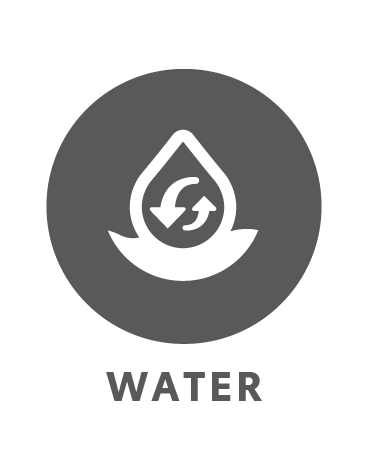 |
Reduce water use per unit of vehicle production by 11% by FY2026, from FY2021 levels | Water withdrawal per vehicle has decreased 6.8% compared to the baseline. |
|
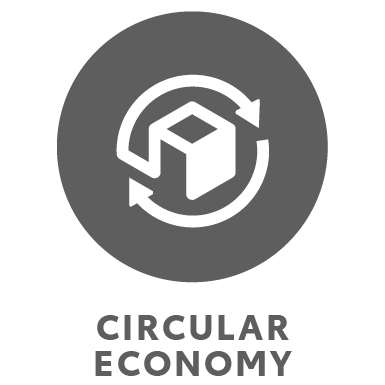 |
Reduce single-use plastics at all on-site food services by FY2026 by 75% | We are on track to achieve our target to reduce single-use plastics at on-site food services by 75%. We have replaced plastic water bottles in most cafeterias with aluminum; most to-go containers are biodegradable; and most plastic cutlery has been replaced. We are still working on replacing plastic bottles in vending machines. | |
| Reduce procurement of packaging materials by 25% by FY2026, from FY2018 levels | We are defining packaging materials as single-use packaging. Based on our estimates, we have reduced the use of single-use packaging materials by approximately 22% compared to the FY2018 baseline. | ||
| Implement a closed-loop battery recycling program by FY2026 to support our new battery manufacturing plant in North Carolina | We are focusing on the collection, testing and recycling of Toyota hybrid electric vehicle batteries. We will then look to expand into other areas such as battery health screening and data management, remanufacturing and battery material supply throughout North America. | ||
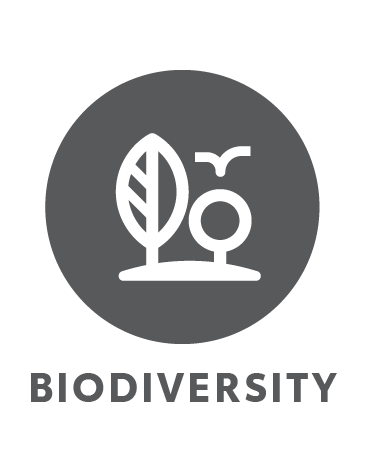 |
Support the development of at least 26,000 acres of pollinator habitat in North America by FY2026 | At the end of FY2024, we had supported the development of 14,432.4 acres and we have more planned for FY2025. | |
| ◯ Achieved △ On Track X Not on track | |||